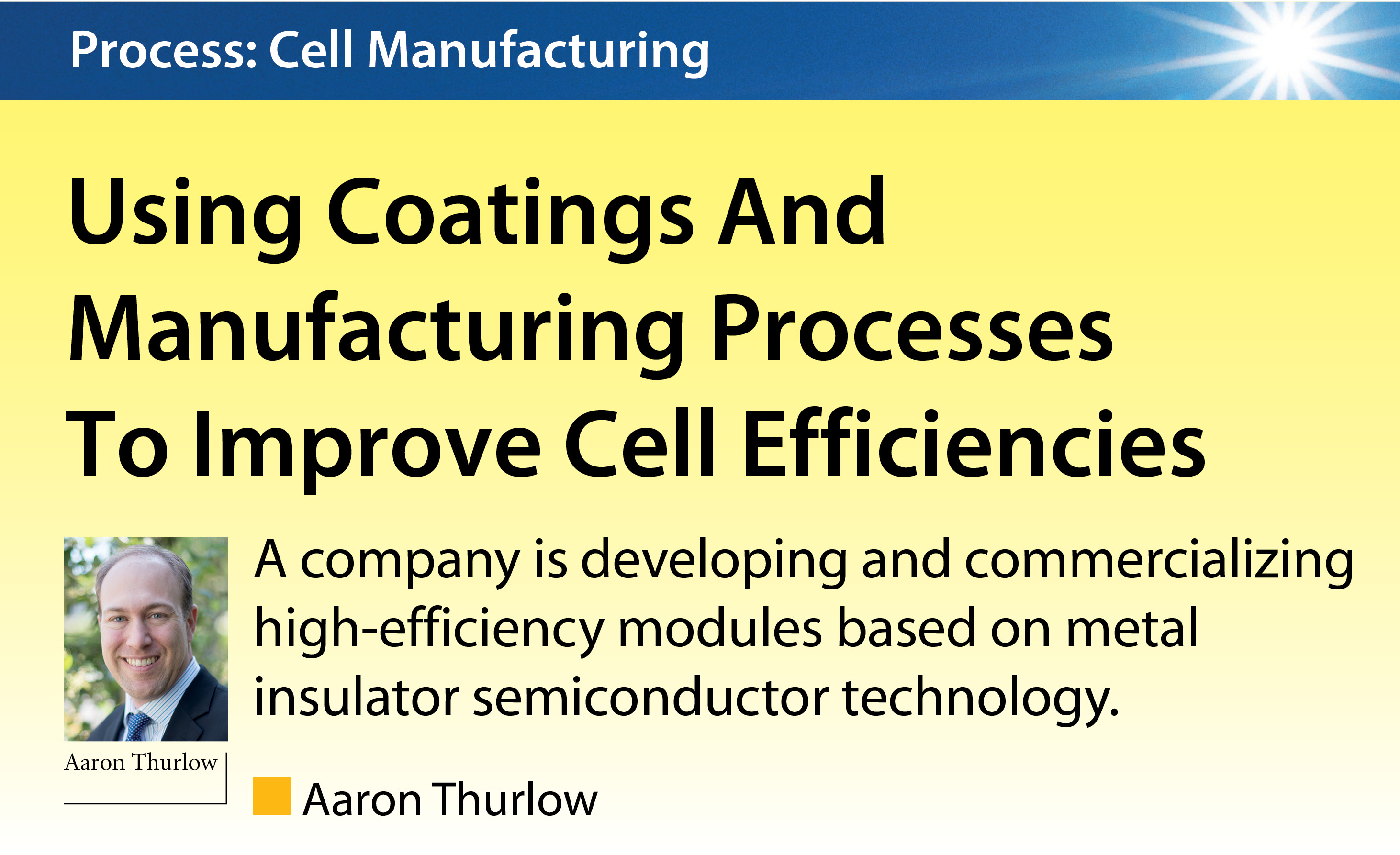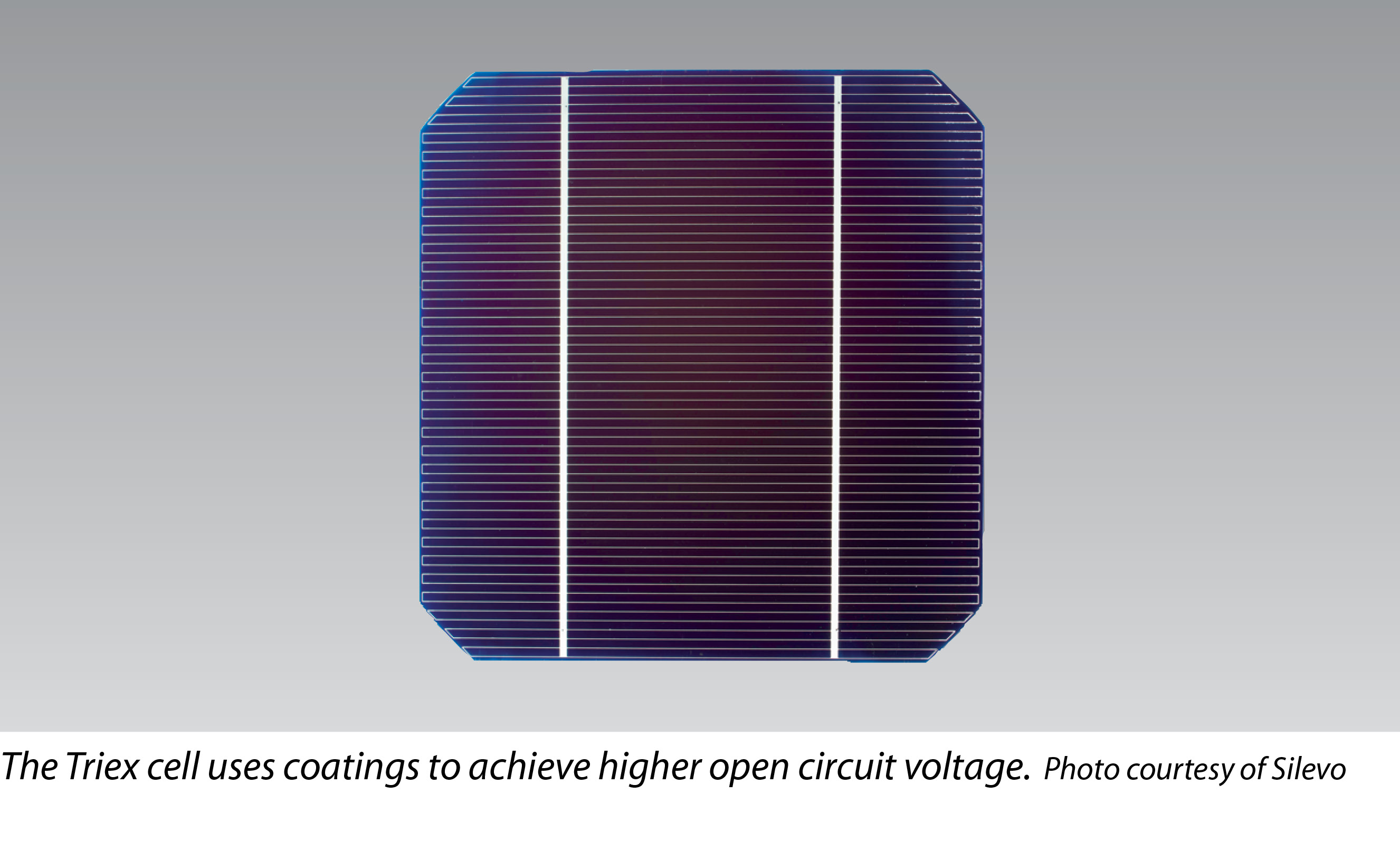

301 Moved Permanently
Silevo was founded in 2007 by two scientists, Zheng Xu and Jianming Fu, former executives at Applied Materials. The two have backgrounds in semiconductor device structure, semiconductor manufacturing equipment and factory automation. The company founders worked under the concept that in order to advance the proliferation of solar energy and beat the cost of conventional grid power, the technology had to excel in efficiency, performance and overall cost structure. This three-pronged approach is reflected in the company’s Triex technology.
In the early days, researchers worked on technologies that could provide potential for these three metrics. The company identified the metal insulator semiconductor (MIS) solar device that was characterized in the 1970s by photovoltaic scientist Martin Green and his colleague R.B. Godfrey out of research performed at the University of New South Wales, Australia, as a device structure that could be expanded upon to meet the foundational principles of new cell technology. The original device reached a 17.6% efficiency in 1979, and in 1997, a second generation of the device reached an efficiency of 19.5%.

Coating improves voltage
Developers saw the potential of the MIS device and, specifically, its use of a tunneling oxide layer. With new thinking and innovation applied to the original device concept, researchers developed a proprietary tunneling junction cell architecture. When compared side by side, the proprietary tunneling junction cell is quite different than the original MIS device structure, although there are some similarities. At the core of the cell is an N-type silicon wafer in contrast with the P-type used in the MIS device. The N-type wafer provides a foundation for high efficiency and virtually eliminates light-induced degradation, as well as provides a basis for higher minority carrier lifetimes.
The use of N-type silicon is a departure from conventional P-type multi-crystalline solar cells. Silevo is not alone in its use of N-type silicon, as other high-efficiency players in the industry also make use of N-type silicon in their cells, and there is a growing trend in the industry toward N-type silicon.
The main difference between the MIS cell and our tunneling junction cell is the addition of both a thin-film layer and a transparent conductive oxide layer. We have also added a backside tunneling oxide layer to reduce back surface recombination velocity, allowing the cell to achieve higher open circuit voltage (OCV) and better cell performance. This higher OCV enables higher efficiency. The cell is also bifacial compatible, and we are performing additional research and development on bifacial modules.
Sandia National Labs verified our tunneling junction cell at greater than 22% efficiency. In commercial operation, we are achieving 21% efficiency. The company has a road map to reach 24% efficiency in the next couple of years. Higher efficiency equates to getting more generation capacity out of a given area, and this is especially important in the growing distributed generation market segments.
Processes reduce cost
However, efficiency plays an important role in driving down costs. Today, two-thirds of a PV system’s cost revolves around the balance-of- systems and labor costs. Efficiency is arguably the single biggest lever to drive down these costs. Further, efficiency impacts cost reduction on a per-watt basis for everything from the glass and frame in a PV module to the transportation and logistics costs.
The second key aspect of the tunneling junction cell is performance. The thin-film layer allows the cell to have a lower temperature coefficient, which provides the finished module with an improved performance ratio. In heat, all PV modules degrade in performance. Silevo’s modules degrade at a rate of -0.27%/degree C versus -0.45%/degree C for conventional cells. In a hot climate, such as Arizona or California’s central valley, this can mean a difference in annual kWh yield of between 8%-12%.
The third advantage of the tunneling junction cell technology is the overall cost structure. We have reduced costs by simplifying the manufacturing process to six core steps. Fewer process steps mean lower production time per cell and lower capital expenditures.
Another significant area of cost reduction is the replacement of silver in the cell with copper. Many in the industry do not realize that silver is the second-most expensive material in a solar cell, followed by silicon. In the past five years, silver, like silicon, has seen price volatility and can have a significant impact on a manufacturer’s cost structure. We have developed a proprietary technique for replacing silver with copper to bring the cost structure of the tunneling junction cell in-line with multi-crystalline cells.
Most recently, Silevo has developed a 72-cell six-inch Triex solar module that achieves 355 W. The module surpasses the 350 W mark for a module of the same size using 156 mm pseudo-square solar cells. The module was verified by the Renewable Energy Test Center in California.
The company is planning to open a new manufacturing facility in 2014 for the new modules with a capacity of 200 MW.
We have been shipping the current generation of tunneling junction cell product based on five-inch solar cells for nearly a year, with a primary focus on residential and commercial installations in North America and Europe. The company expects to expand into the Japanese market in 2014. S
Process: Cell Manufacturing
Using Coatings And Manufacturing Processes To Improve Cell Efficiencies
By Aaron Thurlow
A company is developing and commercializing high-efficiency modules based on metal insulator semiconductor technology.
si body si body i si body bi si body b
si depbio
- si bullets
si sh
si subhead
pullquote
si first graph
si sh no rule
si last graph